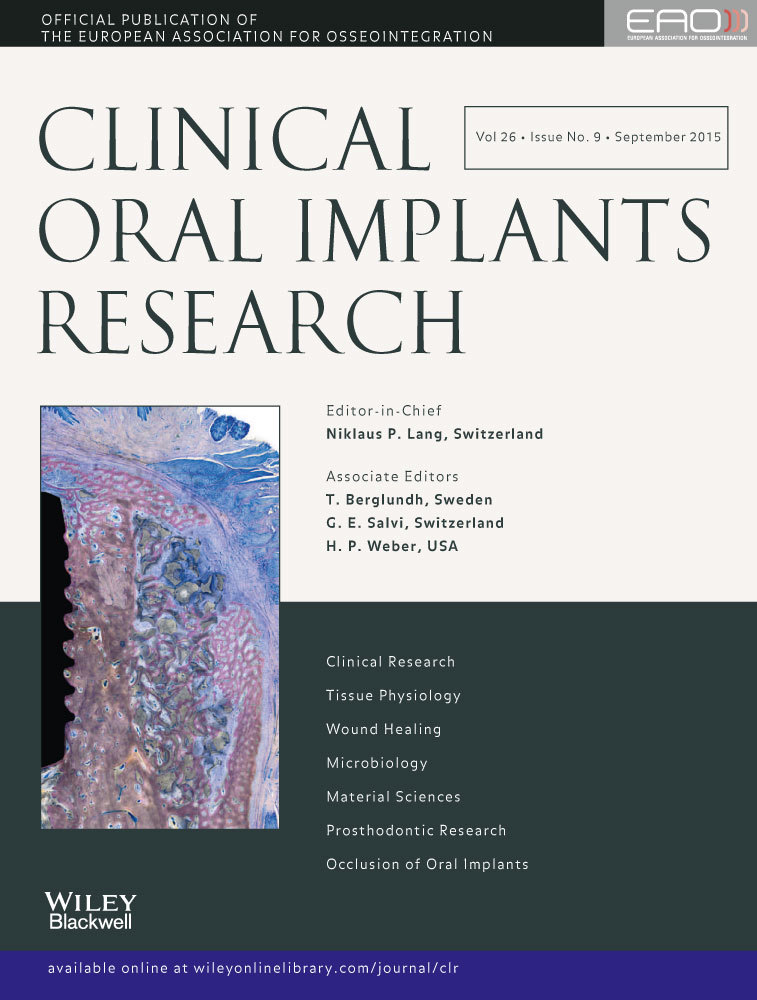Maxillary sinus grafting with autograft vs. fresh frozen allograft: a split-mouth histomorphometric study
Abstract
Background
Surgical techniques as sinus floor augmentation have made it possible to increase the bone volume of the posterior maxilla so that implant placement may be feasible. A large variety of bone grafting materials have been utilized for sinus floor augmentation. A good alternative is allograft. Fresh frozen bone is harvested from live or cadaveric donors and then immediately frozen and stored at −80°C. To date, studies about the effect of fresh frozen bone are scarce.
Objective
Evaluation of new bone formation, following maxillary sinus grafting with autograft vs. fresh frozen allograft.
Materials and methods
A split-mouth edentulous design including 15 patients was used. Sinus floor augmentation was carried out using either autogenous bone harvested from the ramus area or fresh frozen bone from allogeneic femoral heads. The choice was determined randomly, using a randomized table. The grafted sinus was left to heal for 6 months. Biopsies were harvested from the lateral wall. The biopsies were used for bone histology and histomorphometric analysis. After collection of the biopsy, dental implants were placed. After a healing period of 6 months, the implants were loaded.
Results
Implant survival, histology, and histomorphometry of sinuses grafted with autogenous or fresh frozen bone were similar. The new bone formation took place predominantly around and in-between particles.
Conclusions
The findings of the present study support the use of fresh frozen bone allografts for sinus floor augmentation.




